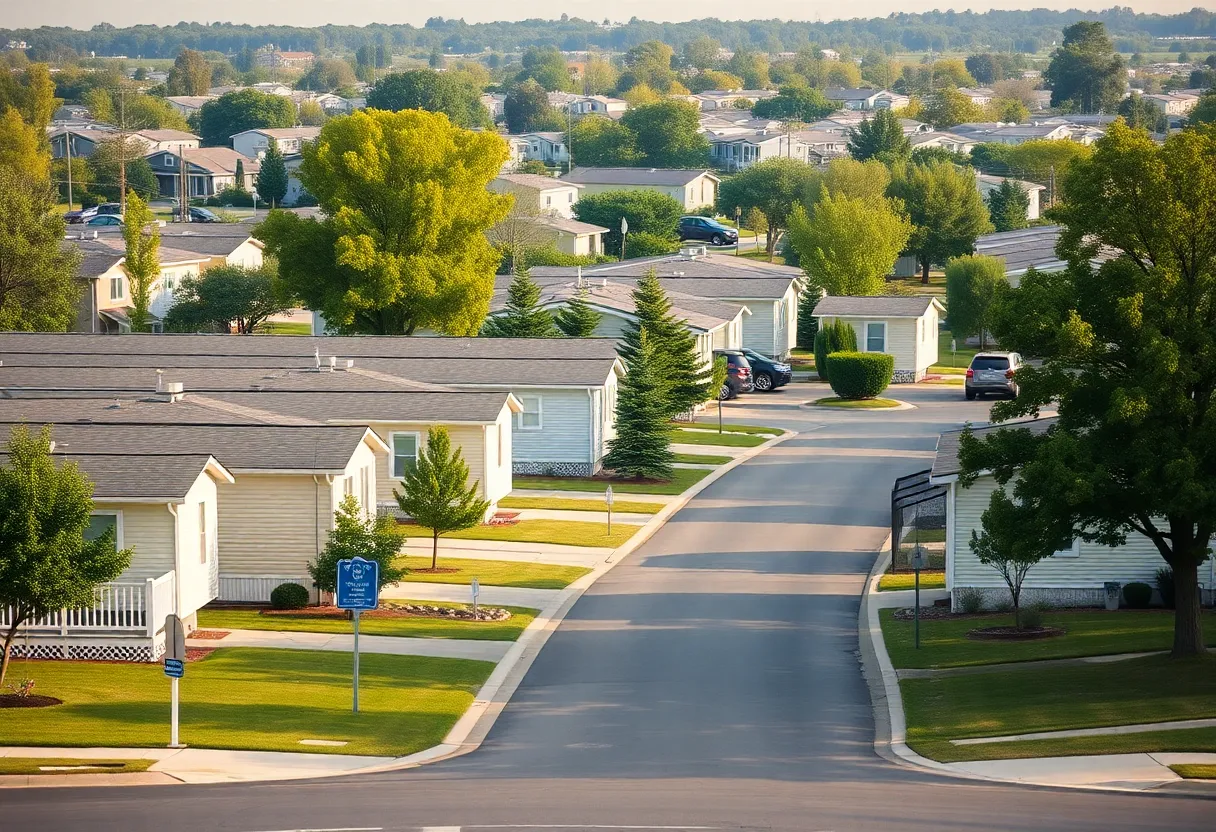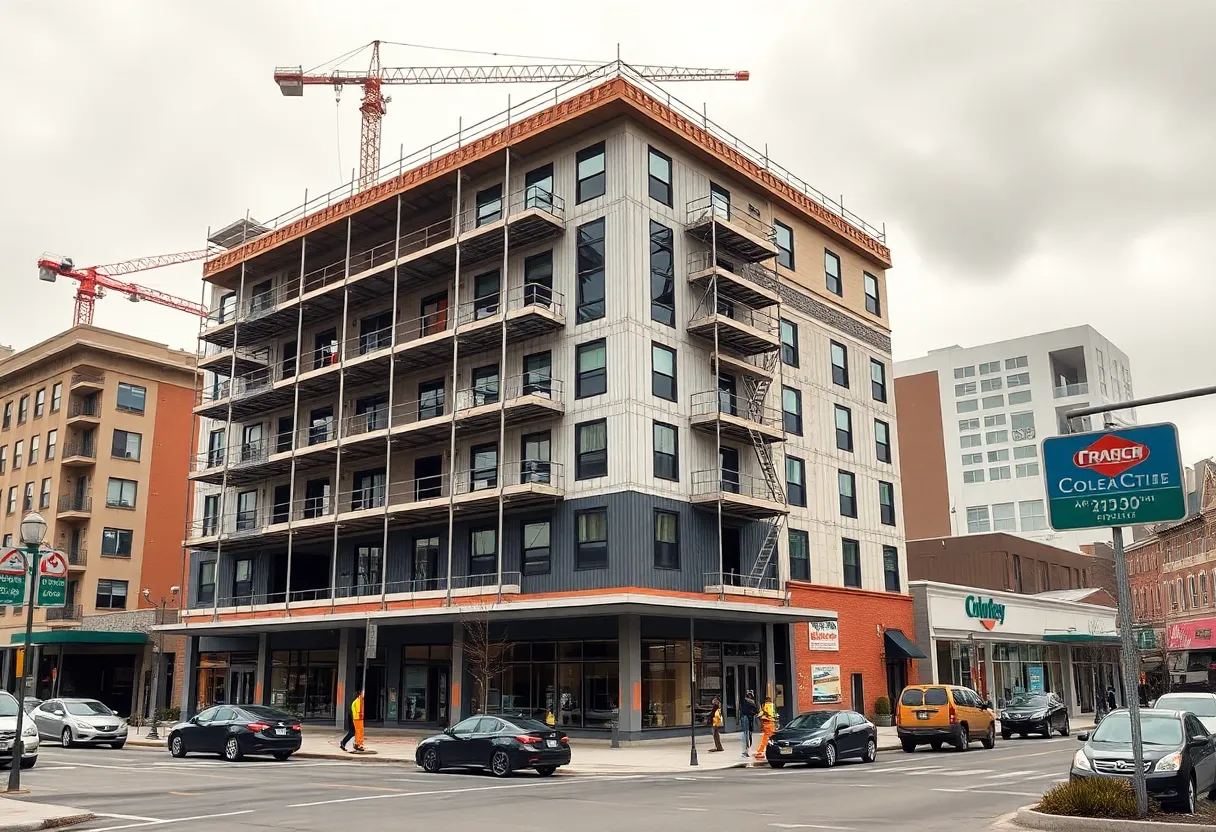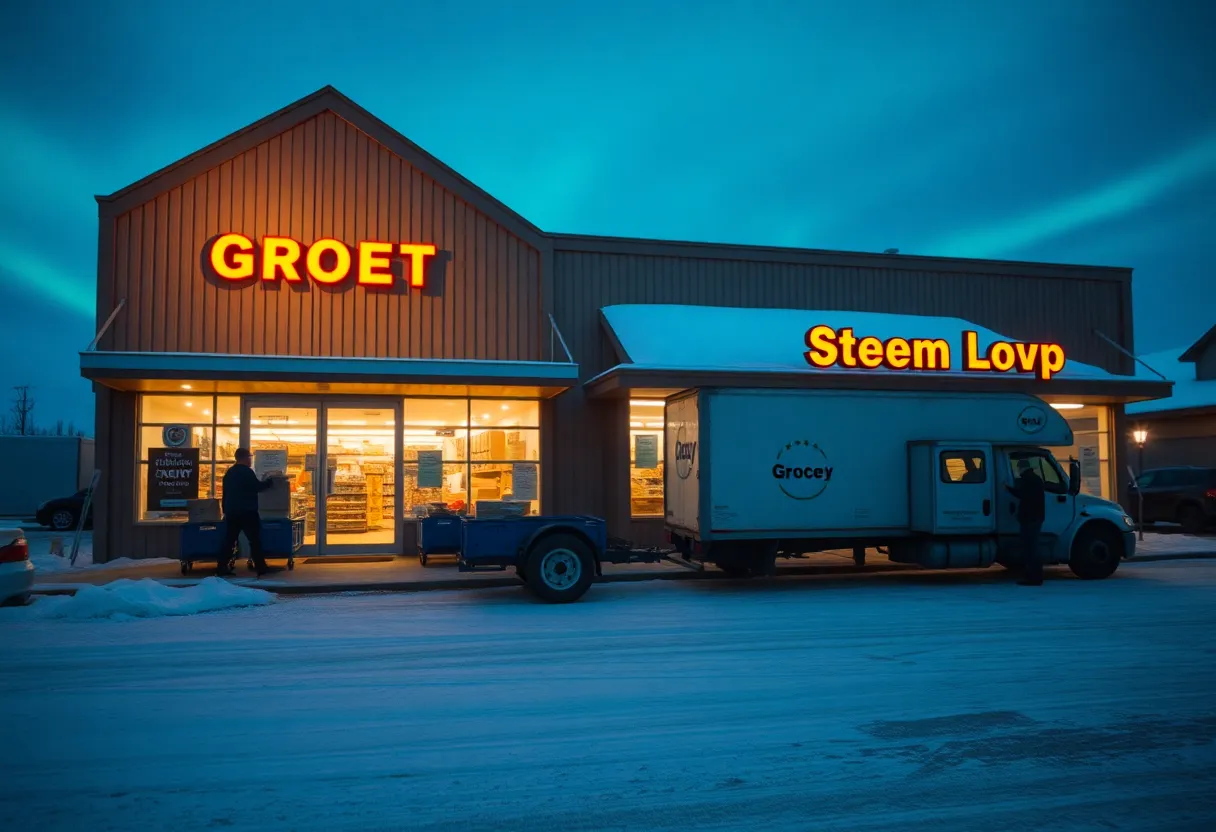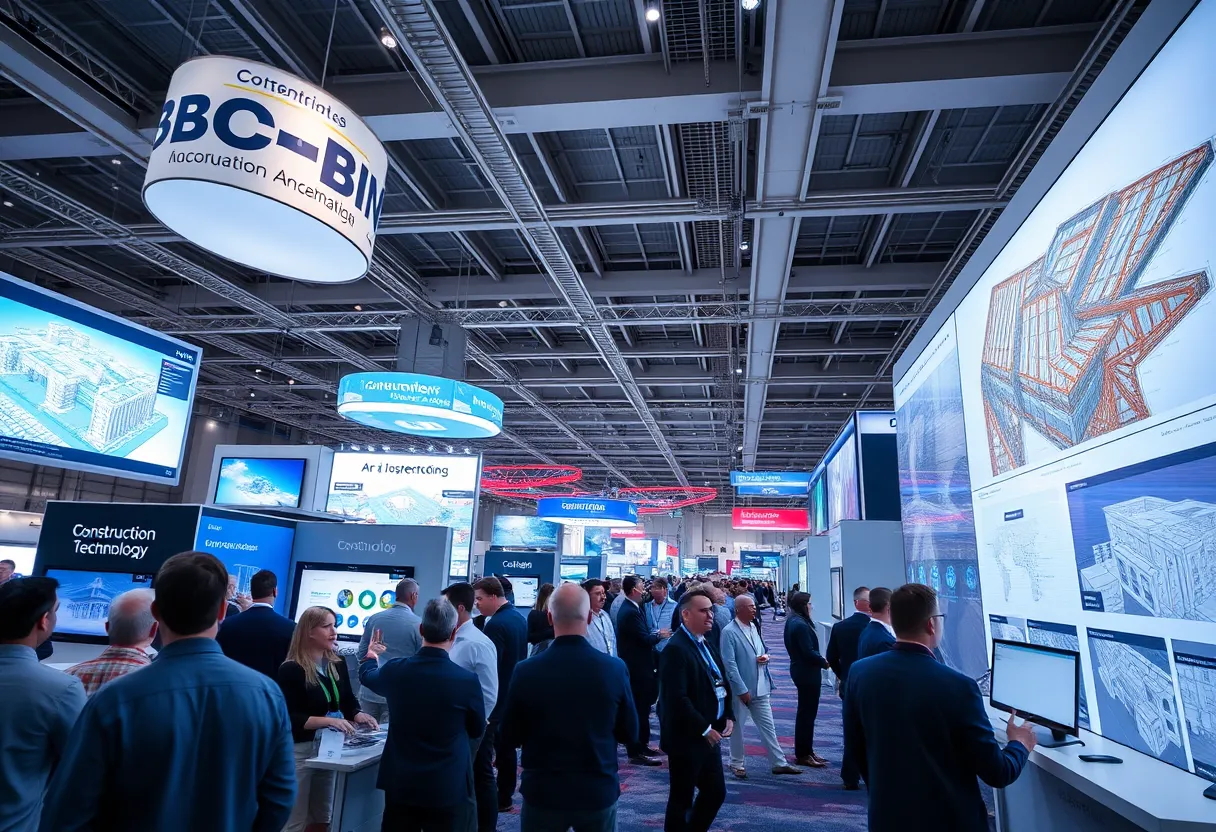United States, September 5, 2025
News Summary
Manufactured housing is emerging as a lower-cost, faster-built alternative for buyers priced out of traditional homes. Improved lending channels, including USDA and government-sponsored programs, plus rising factory output, have expanded access to modern manufactured homes that often include site-built features at far lower cost per square foot. At the same time, growing investor and private-equity purchases of manufactured-home communities have led to complaints about lot-rent hikes, new fees and displacement risks for residents who don’t own the land. Policymakers and advocates are calling for stronger tenant protections, better data transparency and clearer oversight.
Manufactured housing grows as an affordable option amid loan program expansion and production rebound — investor-owned parks raise displacement and consumer-protection concerns
High-level takeaway: As parts of the United States face a severe home affordability gap, manufactured housing is emerging as a stronger, lower-cost alternative. New lender programs and a production rebound have improved access to factory-built homes, which now often resemble traditional single-family houses and sell for roughly half the per-square-foot cost. At the same time, the increasing role of institutional investors in manufactured-housing communities has fueled widespread reports of steep lot-rent hikes, infrastructure problems and legal fights that underscore weak and uneven tenant protections.
Why manufactured housing matters now
Many potential buyers cannot afford conventional homes in parts of the country. Manufactured homes offer a practical path to ownership: modern units are higher-quality and more energy efficient, often featuring front porches, garages, pitched roofs and open floor plans while costing much less to buy. The average cost per square foot for a manufactured home is about $87, compared with $166 per square foot for a typical site-built home. More than 22 million Americans live in manufactured homes, and factory-built units make up roughly one in every ten new homes built each year.
Mortgage and lending changes
Lender access has expanded. A nationwide manufactured-home lending program from the U.S. Department of Agriculture was rolled out after a multi-state pilot, and the two government-sponsored enterprises have widely available programs that target manufactured homes. Those programs offer competitive rates and low downpayment options but include restrictions: homes must meet HUD construction and safety standards and satisfy program-specific conditions. For the USDA program, homes generally must have been built on or after January 1, 2006, meet a minimum size threshold, pass professional inspection and show no unauthorized structural alterations.
Underwriting manufactured-home loans also requires special documentation and appraisal work, including the use of the 1004C appraisal form and, when HUD tags or data plates are missing, verification from the Institute for Building Technology and Safety. HUD updated its construction and safety standards recently and delayed the effective date to give manufacturers time to comply.
Because relatively few lenders and loan officers currently specialize in manufactured-home loans, adding these products can be manageable for lenders that adopt consistent internal processes and partner with experienced correspondents. Manufactured-home loans can be combined with other specialty products such as one-time-close construction loans and renovation financing.
Production and market trends
Factory-built production fell sharply in early 2020 but then rebounded faster than site-built starts. Factory shipments peaked at an annualized rate of about 122,000 units in March 2022, more than double early-2010s averages. Higher inflation and mortgage rates cooled demand in late 2022 and 2023, causing shipments to fall by nearly one-third year over year by March 2023. Production recovered in 2024 with roughly 103,300 new manufactured homes shipped, up from 89,169 in 2023, and by May 2025 the annualized rate reached about 106,000 units—still below the 2022 peak but a rebound from early-2023 lows.
Regional patterns persist. The South is the largest market: Texas led with over 18,300 shipments in 2024, followed by Florida and North Carolina. When measured as a share of new single-family housing, several Southern and Appalachian states showed the highest reliance on manufactured homes, with some states having over 30% of new single-family housing delivered as factory-built units.
Costs, ownership patterns and limits
The average sale price for a manufactured home in 2024 was about $123,300. That number excludes the value of land, while typical single-family valuation measures include both home and land and show a median near $367,282. Price gains since 2014 have been strong for both categories but were larger for single-family homes. Much of the recent price growth occurred during 2020–2021 when interest rates were low and demand surged; manufactured-home prices have since stabilized while site-built values continued rising, widening the cost gap.
Manufactured-housing communities and investor ownership
Manufactured-housing communities are the largest source of nonsubsidized affordable housing nationwide. The land-lease model—where many homeowners own their unit but not the lot—has long provided an affordable path to ownership but creates vulnerability for residents. Institutional investors increased their share of community purchases in recent years, and large-capital buyers acquired hundreds of thousands of lots. This shift attracted interest because the business model often yields stable returns with relatively low regulation and operating overhead.
Critics and many residents report a pattern after investor takeovers: rapid lot-rent increases, new fees, rule changes and lease nonrenewals. Several high-profile ownership examples show claims of steep rent hikes and infrastructure problems after purchases by investor-backed operators. Resident organizing, state-level tenant opportunity-to-purchase laws and occasional agency actions have offered limited relief in some cases, but protections vary widely by state and federal safeguards often cover only specific financing situations, leaving many residents exposed.
Data and policy gaps
Accurate national tracking of community transactions, lot ownership transfers and evictions is limited because states record information differently and national lists are incomplete. Experts say these data gaps make it harder to measure displacement, investment patterns and outcomes for long-term residents. Advocates argue that to protect residents meaningfully, policies would need to include limits on rent increases tied to financing and stronger state or federal tenant protections.
Bottom line: Manufactured housing offers substantial affordability gains and growing lender support can expand access. At the same time, the wave of investor ownership of manufactured-housing communities has produced documented harm for some residents, highlighting a mix of promising housing supply solutions and urgent consumer-protection challenges.
FAQ
What makes modern manufactured homes different from older models?
Today’s factory-built homes are often higher quality and more energy efficient, with features such as porches, garages and pitched roofs, and they are built to updated HUD construction and safety standards.
Are there special loans for manufactured homes?
Yes. USDA rolled out a nationwide manufactured-home lending program after a pilot, and government-sponsored enterprise programs make conventional loans available for qualifying manufactured homes. These programs offer competitive rates and low downpayment options but have program-specific requirements and restrictions.
How much cheaper are manufactured homes?
On average, manufactured homes cost about $87 per square foot versus about $166 per square foot for site-built homes. Average sale price figures and home value indexes use different measures and may or may not include land.
Why are residents at risk when communities are sold to investors?
Many homeowners do not own the land under their homes, so when parks change hands new owners can raise lot rents, add fees or change rules. Moving older units is often impractical, creating a captive market for owners and potential displacement for residents.
What protections exist for manufactured-home residents?
Protections vary by state. Some laws give residents the first right to purchase a park when it sells, and federal agency rules protect certain transactions, but many residents remain uncovered. Advocates call for stronger, consistent protections tied to financing and ownership changes.
Key features at a glance
| Feature | Details |
|---|---|
| Affordability | Average cost per sq ft ~ $87 vs $166 for site-built; average sale price ~ $123,300 in 2024 (home only) |
| Lending programs | USDA nationwide program; GSE programs available with competitive rates and low downpayments; program restrictions apply |
| Production trends | Shipments peaked near 122,000 annualized in Mar 2022; 103,300 shipped in 2024; May 2025 annualized ~106,000 |
| Community ownership | Shift toward institutional investors; increased complaints about lot-rent hikes and fee increases after sales |
| Resident risks | Many owners do not own land; moving older units is often impractical; legal protections vary by state |
| Geography | Most popular in the South; Texas led shipments in 2024 |
Deeper Dive: News & Info About This Topic
Additional Resources
- AZ Big Media: Arizona ranks No. 14 for new manufactured housing
- Wikipedia: Manufactured home
- ProBuilder: U.S. states seeing manufactured housing grow the fastest
- Google Search: manufactured housing investor-owned parks
- Multi-Housing News: Why manufactured housing isn’t the last resort
- Google Scholar: manufactured housing investor ownership displacement
- Planetizen: Manufactured crisis — losing nation’s largest source of unsubsidized affordable housing
- Encyclopedia Britannica: Manufactured housing
- GlobeSt: Manufactured housing outperforms in CRE market
- Google News: manufactured homes investors lot rents





